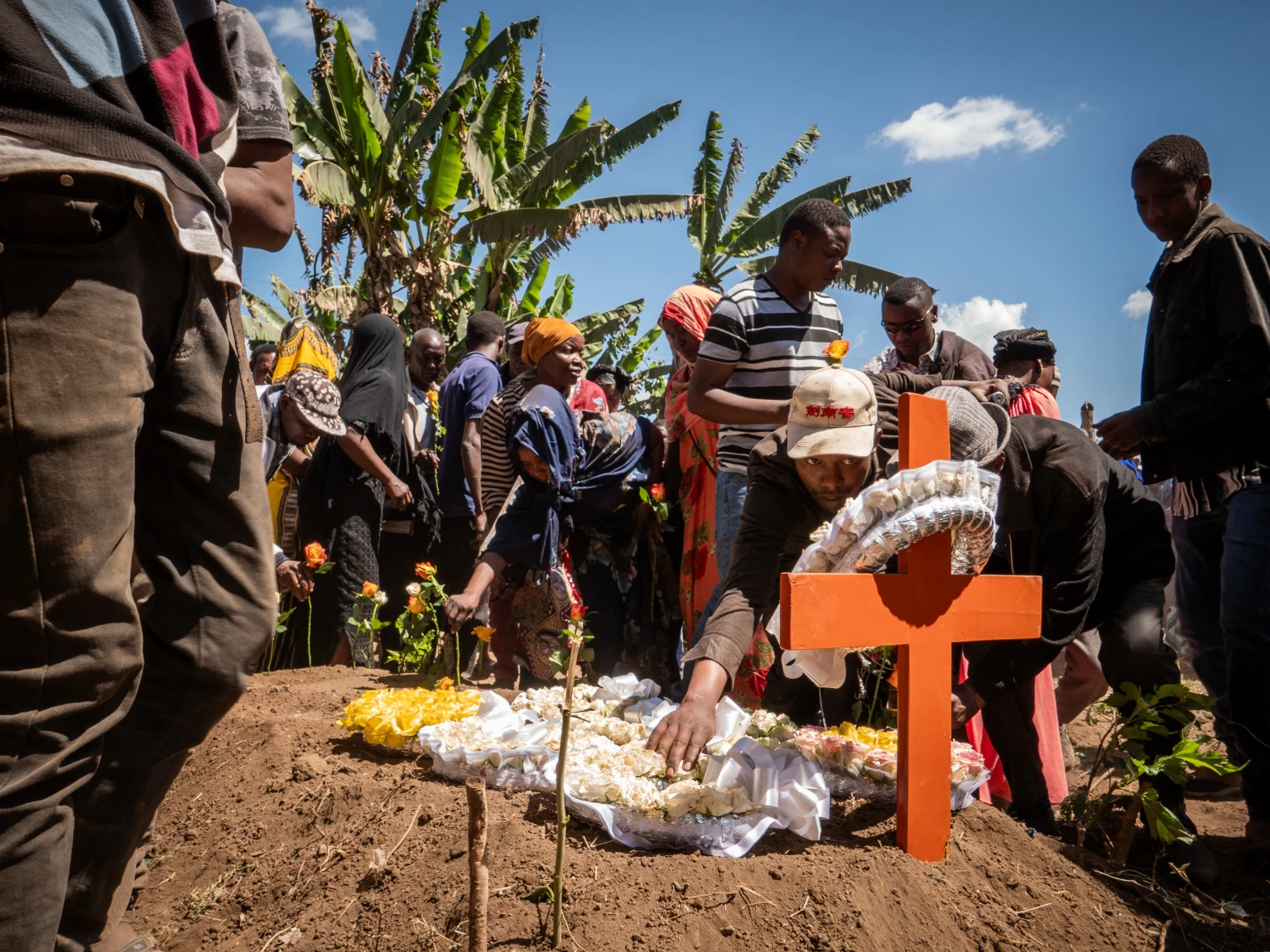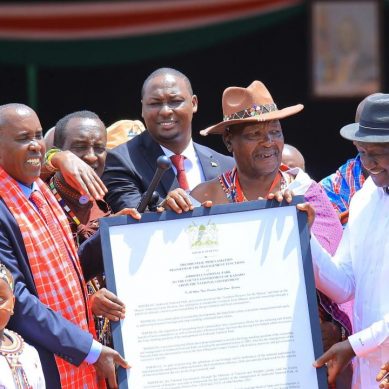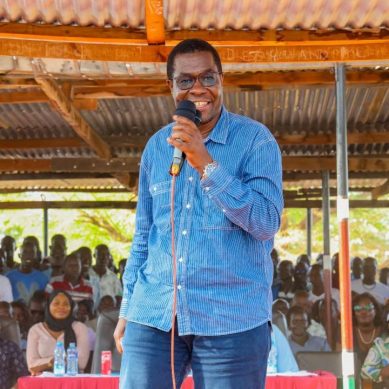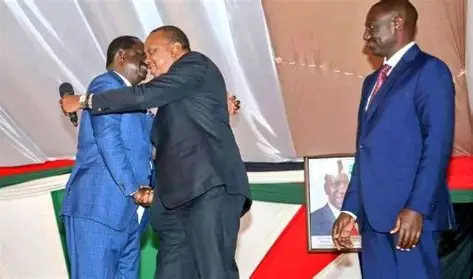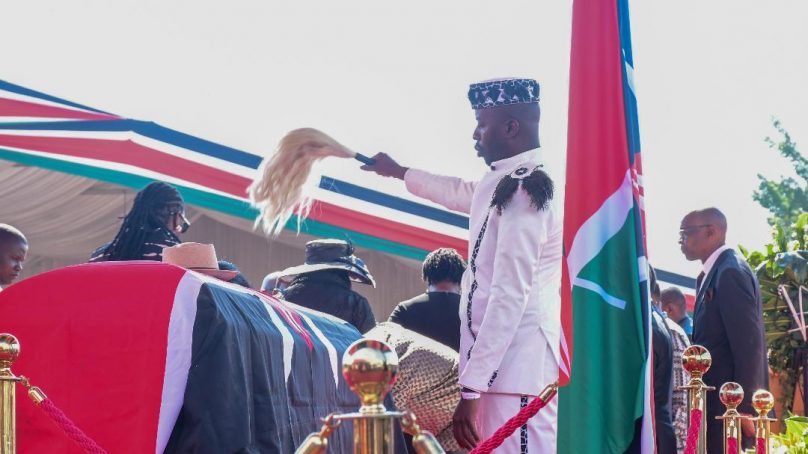
As dawn broke over Bondo on Sunday October 19, 2025, a heavy stillness settled across the town. The silence of loss rose like a wave – an outpouring of grief that swept beyond the town and touched the nation.
The day that marked the burial of former Prime Minister Raila Amollo Odinga, patriot, statesman and son of Kenya’s first Vice President Jaramogi Oginga Odinga, the late Raila Odinga’s passing, had stirred a sorrow that transcended politics.
For many, his death marked not just the loss of a leader but the close of an era. And as the nation mourned, the Luo community carried out the ancient rites that guide a soul’s passage from the world of the living to that of the ancestors.
Among the Luo, the funeral or liel is a sacred ceremony that affirms death not as an end but as a transition. Every stage in the process, holds profound spiritual meaning, ensuring that the departed is properly ushered into the afterlife and the living remain in harmony with ancestral spirits.
The rights are both communal and symbolic, reinforcing the bond between kinship, memory and identity.
The journey begins with kelo yuak, the formal announcement of death. In Luo tradition, this duty falls to a chosen family member who delivers the news with gravity and care, symbolically opening the homestead to mourning.
It is an act that signals the start of the communal grieving process. Once this is done, relatives, neighbours and friends converge upon the home to comfort the bereaved and begin the rituals of mourning.
The gathering embodies the Luo belief that grief, like joy, must be shared among the living.
Following the announcement, a family council known as anyuola convenes to deliberate on the burial arrangements. This council, composed of senior family members and clan elders, decides where and how the deceased will be laid to rest.
For the Odinga family, the decision that Raila would be buried beside his father at the ancestral home in Kang’o Kajaramogi carried deep symbolic weight. It reaffirmed the unbroken chain of lineage, returning the son to his father’s soil in both physical and spiritual continuity.
The next ritual is kunyo, the digging of the grave. Traditionally, the first strike of soil where the grave will be dug is turned by a close male relative, often the eldest brother, signifying respect and connection.
Thereafter, young men from the community complete the task. The act is solemn and accompanied by quiet reflection, it is both a physical preparation and a spiritual one, acknowledging that the ground itself becomes a bridge between the living and the departed.
In earlier generations, before mortuaries existed, burial followed soon after death. The body would be watched over by family and friends through budho, an overnight vigil marked by dirges, storytelling and the lighting of bonfires. Today, even with modern preservation, the budho continues as a space for collective mourning and remembrance.
When the body returns home, in an act referred to as golo, which is a procession to the home. This ceremony, filled with wails, chants such as the now famous jowi, and songs, is one of the most visible expressions of Luo grief.
Mourners line the roads leading to the homestead, waving green leaves known as oboke as symbols of mourning. The arrival of the body at the homestead is both a spiritual and emotional moment, marking the reunion of the departed with the land of their origin.
It is followed by the viewing of the body, a practice that allows the community to confront and accept the reality of death and to find closure through the act of collective witness.
The burial ceremony itself, iko, forms the climax of the liel. It is the final rite through which the body is committed to the earth, performed with solemnity and reverence.
The rituals vary depending on the age, gender and status of the deceased. For a man of Raila Odinga’s stature, the ceremony blended state honours with deep cultural traditions. Prayers, songs and blessings were offered as family, leaders and citizens gathered to bid farewell.
The blending of modern rites and ancestral customs, reflected the evolution of Luo funerary practices, anchored in faith yet guided by the timeless call of tradition.
After the burial, a cleansing ritual known as tero buru may be performed, if the family opts to. In this rite, bulls are driven around the homestead and the grave to chase away the spirit of death and cleanse the land.
It symbolises the restoration of balance within the family and the community, marking the end of mourning and the renewal of life. In the days that follow, close relatives remain at the homestead to continue mourning, before performing yueyo liel, the cleaning and decorating of the gravesite. This final act ensures that the departed rests in peace and that the family finds closure.
Despite its solemnity, a Luo funeral is also a communal celebration of life. The homestead fills with song, dance, and abundant food, as people gather to honour the memory of the departed.
The atmosphere continuously shifts between sorrow and gratitude, a reflection of the Luo belief that even in death, life continues in spirit. Friends and neighbours contribute food, livestock, and labour, turning mourning into an act of unity and generosity.
Raila Odinga himself had long championed modesty in funerals, cautioning against extravagance that burdens families. His call for simplicity and dignity in death now stands as a fitting reflection of the life he led.
As the Luo community performed the final rites at his home at Opoda Farm, during the final mass at Jaramogi Oginga Odinga University of Science and Technology and all through to his final resting place at Kang’o ka Jaramogi, their songs, prayers, and rituals told a story larger than one man’s passing.
They spoke of continuity, heritage, and the enduring strength of a people who, even in grief, affirm the sacred bond between the living and their ancestors. In the soft glow of vigil fires and the echo of mourners’ songs, Raila Amollo Odinga’s spirit found its way home, his legacy forever woven into the fabric of the land and the hearts of his people.
As the nation laid to rest a modern day icon of change and enhanced democratic space, hero and champion of human rights, who endured great personal sacrifices in his quest for a better nation, the legacy of Raila Odinga endures, not silenced by death, but magnified by it.
Raila Odinga Junior, paying his last respects, during his father’s funeral service at the Jaramogi Oginga Odinga University of Science and Technology (JOOUST) on October 19, 2025.
- A Tell Media / KNA report / By Calvin Otieno
